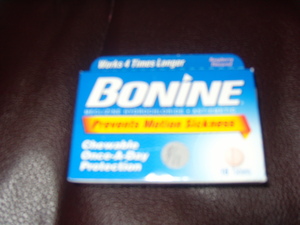Leptospirosis is a bacterial disease that affects humans and animals. It is caused by the bacteria of the genus Leptospira. Leptospirosis is often referred to as Swineherd’s disease, swamp fever, cane-cutter fever, mud fever, canicola fever, hemorrhagic jaundice, icterohemorrhagic fever, rice-field fever, Stuttgart disease and Weil’s disease. Outbreaks are usually caused by exposure to water that is contaminated with the urine of an infected animal. The organism enters the body when the mucous membranes or abraded skin comes in contact with the contaminated environmental source. The infection causes a systemic illness that often leads to renal and hepatic dysfunction.
Leptospirosis was first recognized as an occupational disease of sewer workers in 1883. Occupational exposure accounts for approximately 30-50% of human cases. Occupational groups that are at risk include farm workers, veterinarians, pet shop owners, field agricultural workers, abattoir workers, plumbers, meat handlers and slaughterhouse workers, coal miners, workers in the fishing industry, military troops, milkers and sewer workers.
In 1970 Leptospirosis was also recognized as a recreational disease. Recreational activities that put you at risk include traveling to tropical areas, canoeing, hiking, kayaking, fishing, windsurfing, swimming, waterskiing, wading, riding trail-bikes through puddles, whit-water rafting and other outdoor sports that are played in contaminated water. Camping near and traveling to endemic areas also add to the risk of exposure to Leptospirosis.
Leptospirosis can cause a wide array of symptoms in humans, but some infected persons may have no symptoms at all. Symptoms include high fever, severe headache, chills, muscle aches and vomiting. Other more severe symptoms include jaundice (yellow skin and eyes), red eyes, abdominal pain, diarrhea and rash.
Clinical signs that have been reported in dogs include fever, vomiting, abdominal pain, diarrhea, refusal to eat, severe weakness, depression, stiffness, sever muscle pain and inability to have puppies. Sometimes pets do not have any symptoms. Younger animals are more seriously affected than older animals.
If no treatment is received kidney damage, meningitis, liver failure and respiratory distress could develop. Meningitis is an inflammation of the membrane around the brain and spinal chord. Leptospirosis usually begins abruptly with high fever.
Diagnosis is made by reviewing the history of exposure and clinical suspicion. Blood tests rarely confirm illness in time to affectively treat it, but they can be used to confirm presence of the disease later on. Diagnosis can be confirmed early by identifying Leptospira in cultures of blood, urine or cerebrospinal fluid samples. Diagnosis is also made by detecting antibodies against the bacteria in the blood.
Infected people who don’t develop jaundice usually recover. Jaundice indicates liver damage. This increases the death rate to ten percent. The death rate increases more in people over Sixty years of age. Doxycycline, an antibiotic, can prevent the disease. It is given to people that are exposed to the same source as an infected person. Penicillin, ampicillin and similar antibiotics are given to treat the disease. The more severe infections are treated intravenously with antibiotics.
There are one to two hundred cases of Leptospirosis reported every year in the United States. Fifty percent of these cases occur in Hawaii.



